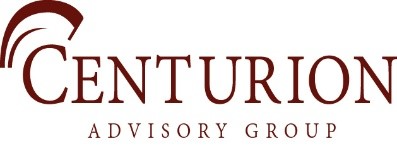Upcoming Retirement Plan Changes
As we look ahead to 2026, a number of retirement plan updates from the SECURE 2.0 Act are set to take effect. These changes will primarily impact 401(k) and similar employer-sponsored retirement plans. The goal of today’s article is to highlight the key provisions most likely to affect participants and plan sponsors alike. Let’s take a look.
Catch-Up Contributions Switch to Roth
Beginning in 2026, higher earners will be required to make their catch-up contributions as after-tax Roth dollars. Specifically, employees age 50 and older who earned more than $145,000 in FICA wages from their employer in the prior year must make these contributions to a Roth 401(k). For employees earning below that threshold, catch-up contributions can continue to be made on a pre-tax basis.
Employers whose plans do not yet include a Roth feature should ensure their provider and payroll systems are ready before year-end 2025. All 401(k) plans managed by Centurion either include a Roth feature already or will be amended to include one before the effective date, ensuring participants can continue catch-up contributions without interruption.
Higher Contribution Limits
Contribution limits are expected to rise in 2026. Forecasts suggest the elective 401(k) deferral limit will increase to $24,500. For those age 50 and older, the standard catch-up limit is projected to rise from $7,500 to $8,000. In addition, the “super catch-up” for those aged 60–63, introduced in 2025, will equal 150% of the standard catch-up amount, around $12,000 if the base limit reaches $8,000.
As a reminder, individuals earning more than $145,000 in FICA wages will be required to make these catchups in after-tax Roth dollars.
IRA contribution limits are also expected to increase, with the base limit projected to rise to $7,500 and the catch-up contribution to $1,100, allowing a total of $8,600 for those age 50 and older.
Penalty-Free Long-Term Care Withdrawals
A new provision effective 2026 will allow penalty-free withdrawals from qualified retirement plans to pay long-term care insurance premiums. Participants may withdraw up to the lesser of $2,500 or 10% of their vested balance annually without incurring the 10% early withdrawal penalty.
Final Thought
Retirement legislation continues to evolve. As always, Centurion will continue monitoring these changes closely and keep you informed as the IRS releases final contribution limits and guidance.
If you have questions about how these updates may affect your personal plan or your company’s retirement offering, we invite you to reach out to our team to discuss in more detail.
In the meantime, wishing you clarity, confidence, and comfort in your life.

